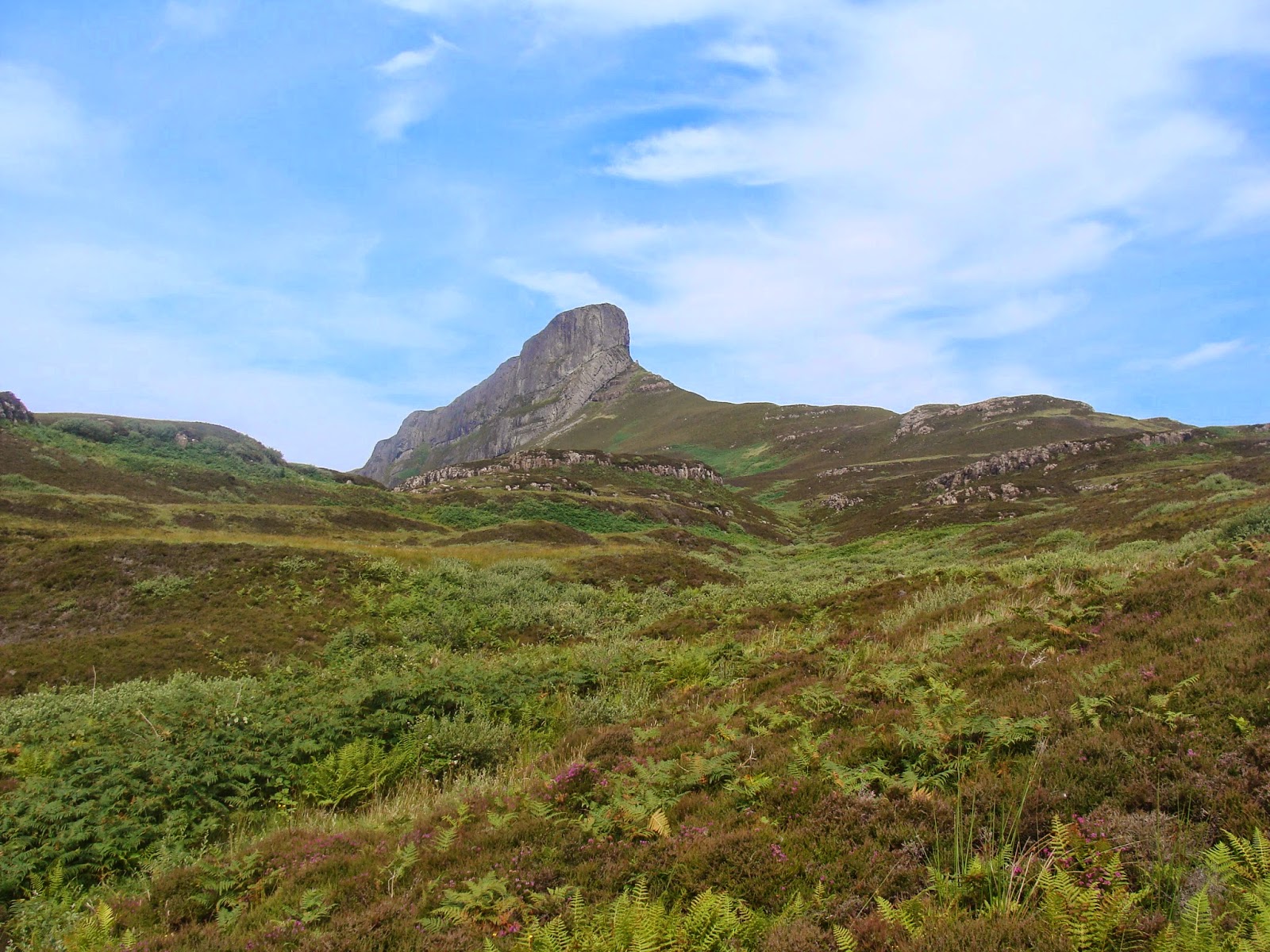Yesterday a few more documents were put on the Medway Council website regarding the ongoing consultation for the plans to replace a vast, thriving chunk of countryside at Lodge Hill on the Hoo Peninsular in North Kent with a new town of 5000 homes, plus shops, facilities, roads etc. It's horrendous.
The latest documents were hard to find on the page but they are there, buried in the jumble of responses and consultations - quite a lot of them as you'd expect for something of this size. They are dated '28th July 2014' and marked 'OPA Assessment' and 'Updated Invertebrate Survey'. Check the page here and enter the reference MC/11/2516 then 'documents' if you'd like to have a look - I've had a quick read and they make quite interesting reading!
The invertebrate report is an important one for a site like this, since it's position as a 'brownfield' site in the middle of a relatively remote, rural greenbelt area means it comprises quite a mix of habitats and ecotones that have developed with little disturbance. These include ancient woodland, wetlands, grasslands, scrub and rocky or disturbed ground. There's lots of room for insects to thrive at Lodge Hill. Here are a few things I picked out from the report:
- The report, which replaces one done in February 2014, identifies the site on the whole as being of "county level significance" for the invertebrate groups assessed
- This was based on 386 species that were recorded
- Of those, 29 species are really important - being of conservation concern
The survey is great because it finds a lot of things that the average Joe Wanderer (me!) would miss and in areas that it's not possible to visit. Here are just some of the things it found:
- Duke of Burgundy butterfly (Hamearis lucina) - great! Recorded in 2013, this is a very rare and declining butterfly not only in Kent but in the UK. According to Butterfly Conservation it's of High Conservation Priority and threatened on a European level. It's listed on the Kent Local Biodiversity Action Plan.
- Other scarce butterflies like Dingy Skipper, Grizzled Skipper and Small Heath - these are listed as 'vulnerable' on the International Union for Conservation of Nature (IUCN) standards and Small Heath is 'Near Threatened'.
- Garden Tiger Moth - a declining species
- Paragraph 3.3.3 says "Three species of bug formerly extinct or endangered in the UK, but now more widespread in England were also recorded" this includes the Box bug Gonocerus acuteangulatus previously only known from a single UK site.
- They found Lesne’s earwig (Forficula lesnei) - I love earwigs!
- And a nationally scarce Long–winged conehead bushcricket (Conocephalus discolor)
The report then talks a bit about how the survey was 'scored', in terms of assessing the relative importance of habitat and species. These scores are re-configured against subsequent changes eg expansions in range of some formerly very localised and scarce species. And this is how it reaches the conclusion that it is likely of county-importance, at the very least, in this regard. Disappointingly it rather supposes that the fauna is not "exceptional" for a site of this size in South East England. But I live near it and disagree, looking through that small list above, I think it's a site that is really important...and full of surprises.
What do you think?
.jpg) |
| Duke of Burgundy butterfly - image courtesy of I Kirk via WikiImages (29/7/14) |



















.jpg)
.jpg)

